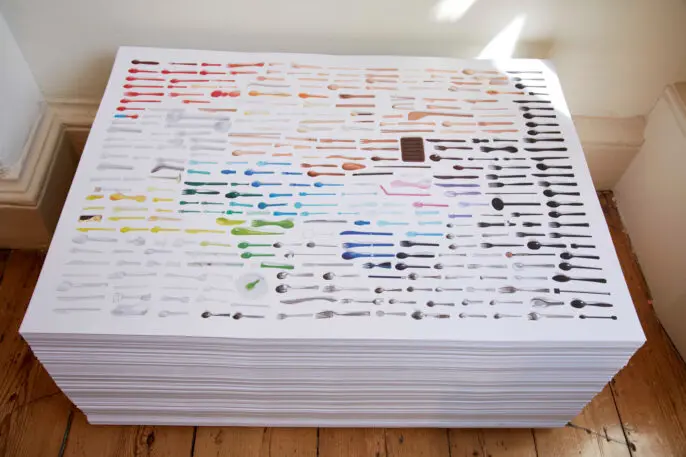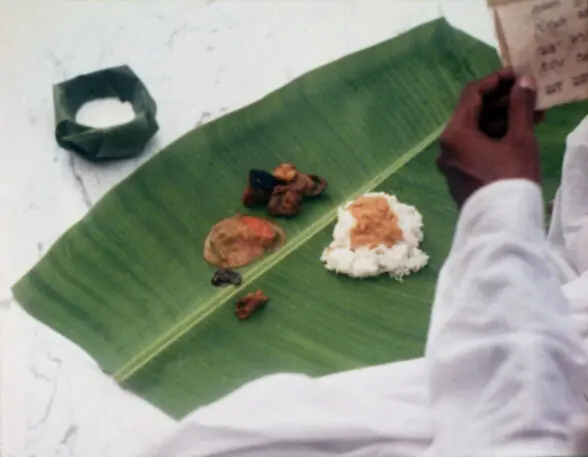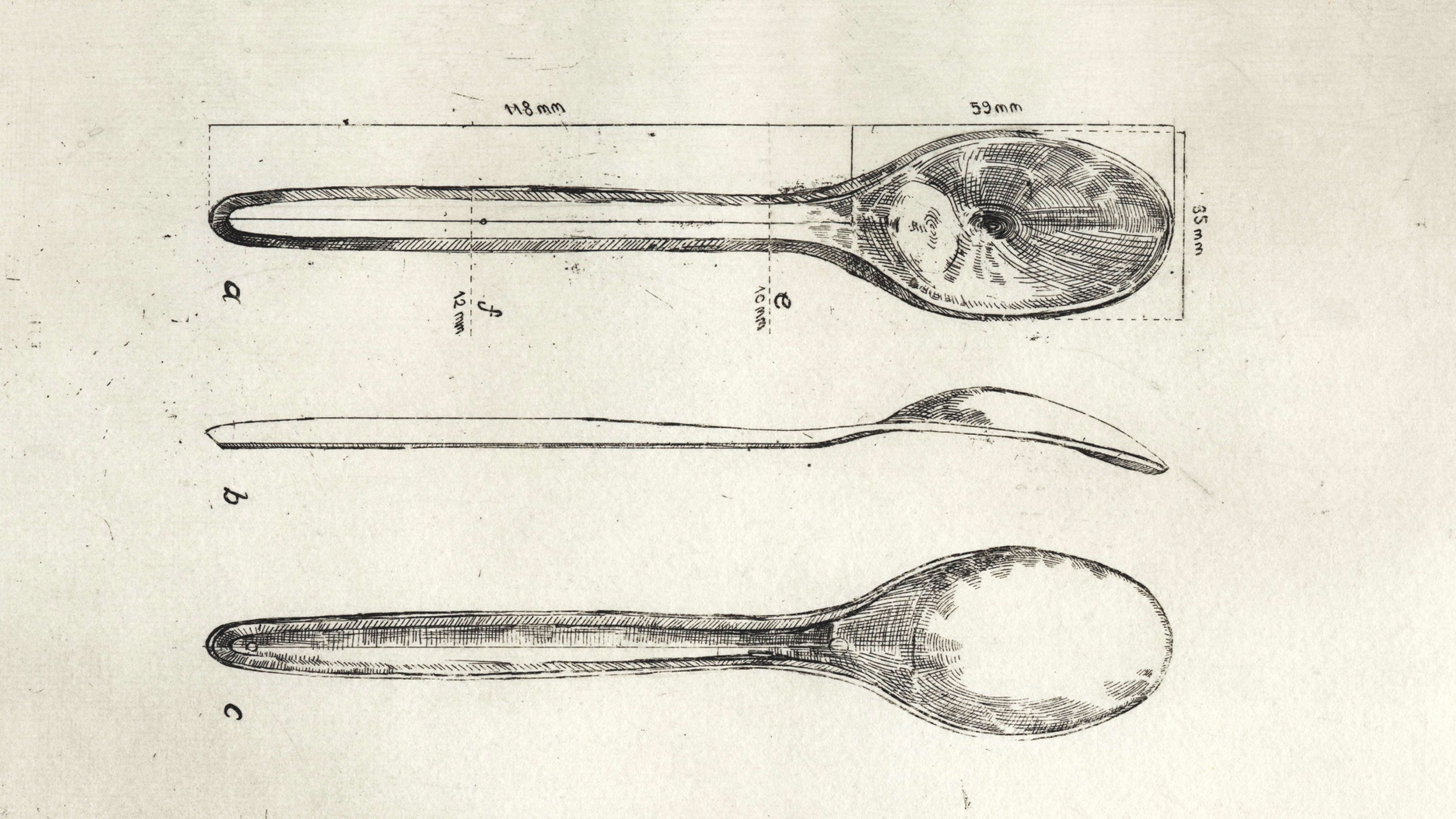Disposable spoons are a scourge on the planet: We use them for a few minutes to scarf down our takeout or ice cream, then toss them out. They end up in a landfill, where they sit for hundreds of years, or in the ocean, poisoning marine life. But a day may soon come when single-use utensils are relics of past.
A new installation at the London Design Biennale helps us imagine this future by presenting hundreds of single-use spoons as if they were already extinct. Designers Peter Eckart and Kai Linke, who created this exhibit, gathered hundreds of spoons from their own collections, artfully arranged them by color and displayed them in glass cases that would typically house fossils or butterfly species at a natural history museum. The plastic spoons are designed to spur a conversation about how even good design can have negative results and the systemic change required to combat this environmental crisis.

As a professor of design at the Hochschule für Gestaltung in Offenbach, Germany, Eckhart began using the spoons as a teaching device. He and his students discussed the spoons’ complexity, from the proportions to the materials. Together, the class created a “complexity map” that lays out all of these elements of the spoon; the map is on display at the London exhibit. “Plastic spoons are not just well designed, they’re perfect,” says Eckhart. “They are so effective at fulfilling a purpose, which is why they’re so popular around the world. But they’re also an example of how design can have unintended consequences.”

There’s a global movement brewing to eradicate single-use plastics. Starting this summer, the European Union will ban it, and Eckhart hopes that soon, the only place we’ll find disposable cutlery will be in museum exhibits. But he’s also worried that designers are still seeking out simple fixes, like swapping plastic for wood or bamboo. “But when you think about it, this is replacing one problem with another,” Eckart says. “Wood comes from trees, which will need to be cut down, then shipped around the world. It’s not a more sustainable solution.”
Thomas Geisler, who curated the German pavilion of the London Design Biennale and selected Spoon Archeology, says one of the exhibit’s most powerful messages is that it encourages us to think about problems in a more nuanced way. “We live in a time when everybody wants simple answers,” he says. “But the problems we are facing are complex and multifaceted, and so they need complex solutions. We need to push for systemic, structural changes, not just quick fixes.”

Eckhart doesn’t necessarily suggest we all throw out our silverware, but he points out that in many cultures, there are already many solutions to eating more sustainably, so we might use them as inspiration to reimagine how we eat altogether. And as someone who spent many years in South India and ate many meals with my fingers from a banana leaf, I highly recommend the experience. You develop a new appreciation for the texture of food by feeling it with your hands, and when you’re done, there aren’t any dishes to wash—you can compost the whole thing.
Recognize your brand’s excellence by applying to this year’s Brands That Matter Awards before the early-rate deadline, May 3.









